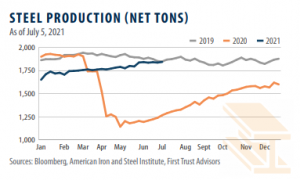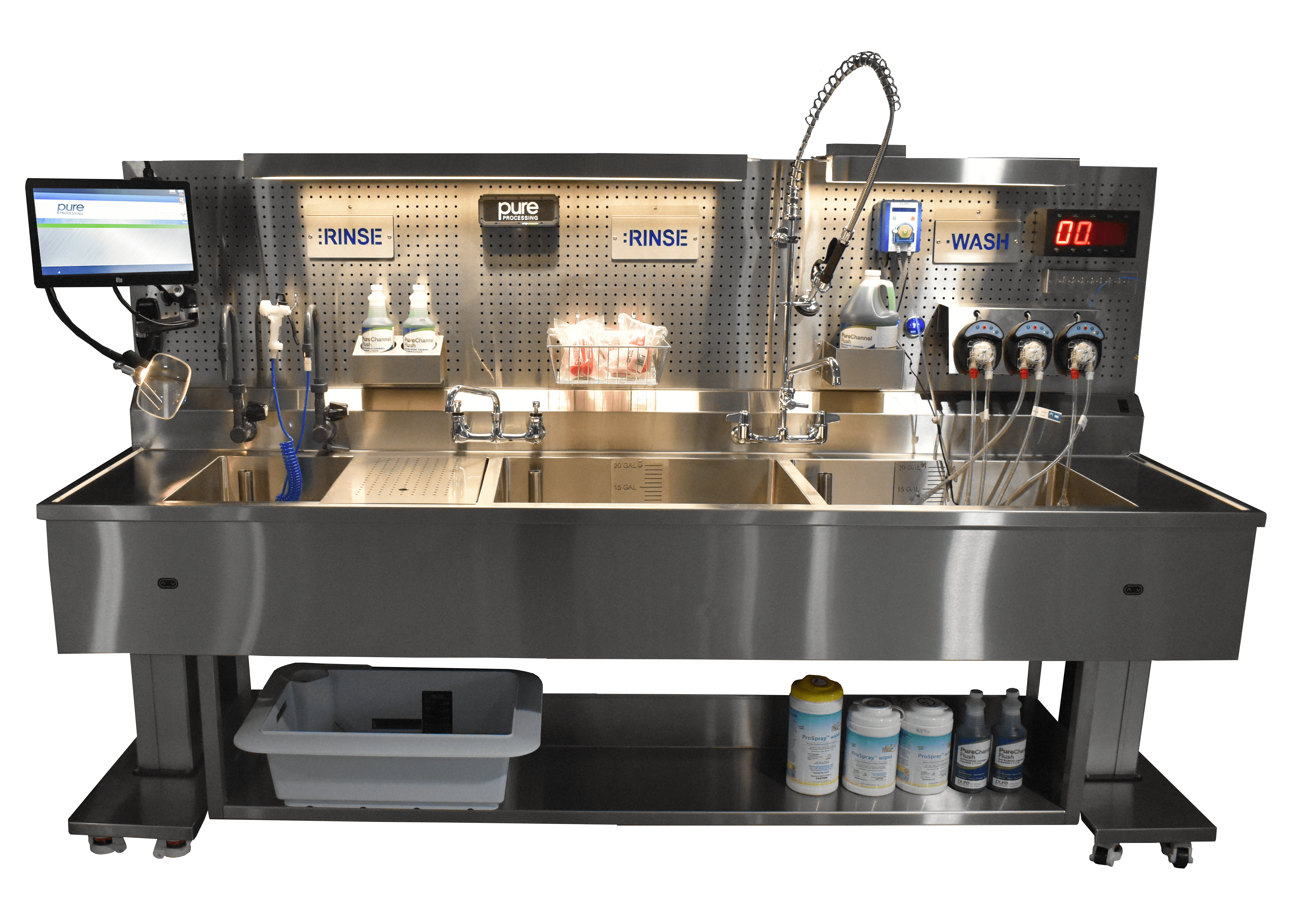
Medical Supplier Pandemic Economics: Impact to Sterile Processing Department
by Dan Gusanders, founder and CEO of Pure Processing
Medical suppliers are facing many industry challenges in today’s climate with trickledown impacts to healthcare. We’ve outlined six of the top challenges to help you better understand what’s happening in the industry. By understanding these issues, you can better prepare your department for the impacts to your normal processes and inventory.
These challenges may seep into your daily life at the hospital. You are likely seeing it with price increases, product shortages, longer lead times, and staff shortages. Many of these problems were caused by the 2020 Coronavirus pandemic and have dramatically impacted businesses.
1. Pandemic shutdown and sterile processing
Many companies stopped purchasing materials, furloughed or laid off employees, and stopped producing goods in anticipation of the economy coming to a screeching halt. The shutdown of elective surgeries is one prime example of this disruption. Drastic reductions in surgical procedures caused many suppliers to slow production because of demand. Sterile processing departments were simply not purchasing the same amounts of chemicals, brushes, or biologicals, and certainly not capital equipment investments.
And yet, in many sectors demand did not subside. In fact, it increased. That caused major supply shortages. There simply were not enough medical masks, disinfectant wipes, alcohol hand rinse, soap, plastic dispensing systems, or even plastic containers. Many of these products were not only consumed by the US, but in fact, by the entire world, in all industries, and even individual households. Areas outside of healthcare that were profoundly hit by shortages were bicycles, cars, boats, hot tubs, and pools, to name a few.
2. Just in time (JIT) inventory impacts
You have heard of it, and are likely living it to some extent at your hospital: We are in the midst of a JIT economy. Many hospitals and companies have learned the value of JIT production. You’re not tying up cash when you run lean.
That created a situation for all of us. Many companies had to throw out the lean initiative and bring in much more inventory than JIT. Pure Processing tripled up, and brought in six times more than what we usually house on some items to support our customers.
That cascade leads us to our next subject, the bullwhip effect.
3. The bullwhip effect on supply chain
The bullwhip effect is a supply chain phenomenon describing how small fluctuations in demand can cause progressively larger fluctuations in demand at the wholesale, distributor, manufacturer, and raw material supplier levels.
The “effect” is named after the physics involved in cracking a “whip.” The bullwhip effect had a profound impact on supply chains. Disinfectant wipes are a great example. Wipes were incredibly tough to secure for about five months. Everyone was on allocation but still going to other manufacturers to get more. That created hoarding scenarios which accelerated the volatile whip. While most disinfectant formulas were manufactured in the US, many plastic containers and wipes themselves came from China. Transportation, logistics, and border shutdowns further magnified the challenges.
4. Higher shipping and transportation costs
Higher shipping costs were sparked by a combination of factors, including soaring demand amid stimulus checks, saturated ports, a shortage of ships, and fewer dockworkers and truckers. The problems remain too broad to be remedied by any short-term fix and have created ripple effects across US supply chains.
Making matters even more challenging, the transportation industry saw a mass exodus of truck drivers and port personnel who had little intention of returning to work. Sound familiar, sterile processing friends?
Magnify these effects by including the beached ship in the Suez Canal, or the Texas ice storm (events that in normal environments would have little impact), and it became a triple threat.
5. Commodity production impact to tables and sinks
A commodity is a raw material used in the production process to manufacture finished goods. Over the last year, certain commodity production came to a halt, or was greatly reduced. But demand did not drop. That created a vacuum that sucked out the limited supply of important commodities such as lumber, copper, and stainless steel.
While hospitals and medical companies were deemed essential businesses, not all commodity producers were designated as such. Many producers where forecasting limited-to-no demand, and made major production cuts. As we know, when supply is gone and demand is up, prices escalate dramatically until supply and demand levels off. That explains why many of the items being purchased are rapidly increasing in cost.
Some products seeing significant cost increases involve stainless steel. Think of all the products you use in the operating room and sterile processing that include stainless steel components; it becomes clear how integral stainless steel is to the operation of a single surgical procedure. Current administrations claim that the drastic cost increase in commodities is transitory. Many hope it is true.
6. Hoarding of critical reprocessing supplies: steel, gloves and other supplies
Can I just say, “toilet paper?” Or in your case at the hospital, disinfectant wipes.
At Pure Processing, we had to bring in larger amounts of lifting columns we use to build our height adjustable tables and sinks. We brought in three times over our normal supply, as our manufacturing lead times were significantly increasing (due to all the above). In other areas we “stocked up” on stainless steel, plastics, electrical components and decontamination gloves. JIT strategy out the door!
The road to recovery
This has been an incredible experience navigating the cascading impact of the pandemic. In fact, this may be a year of one of the steepest learning curves we have experienced, which believe it or not, we are thankful for!
Hopefully, we begin to see improvements as medical device suppliers start to experience a return to normalcy and the reduction of these six impacts mentioned above. We all want to get back to the business of supporting our healthcare partners improve outcomes for patients.

Source:



